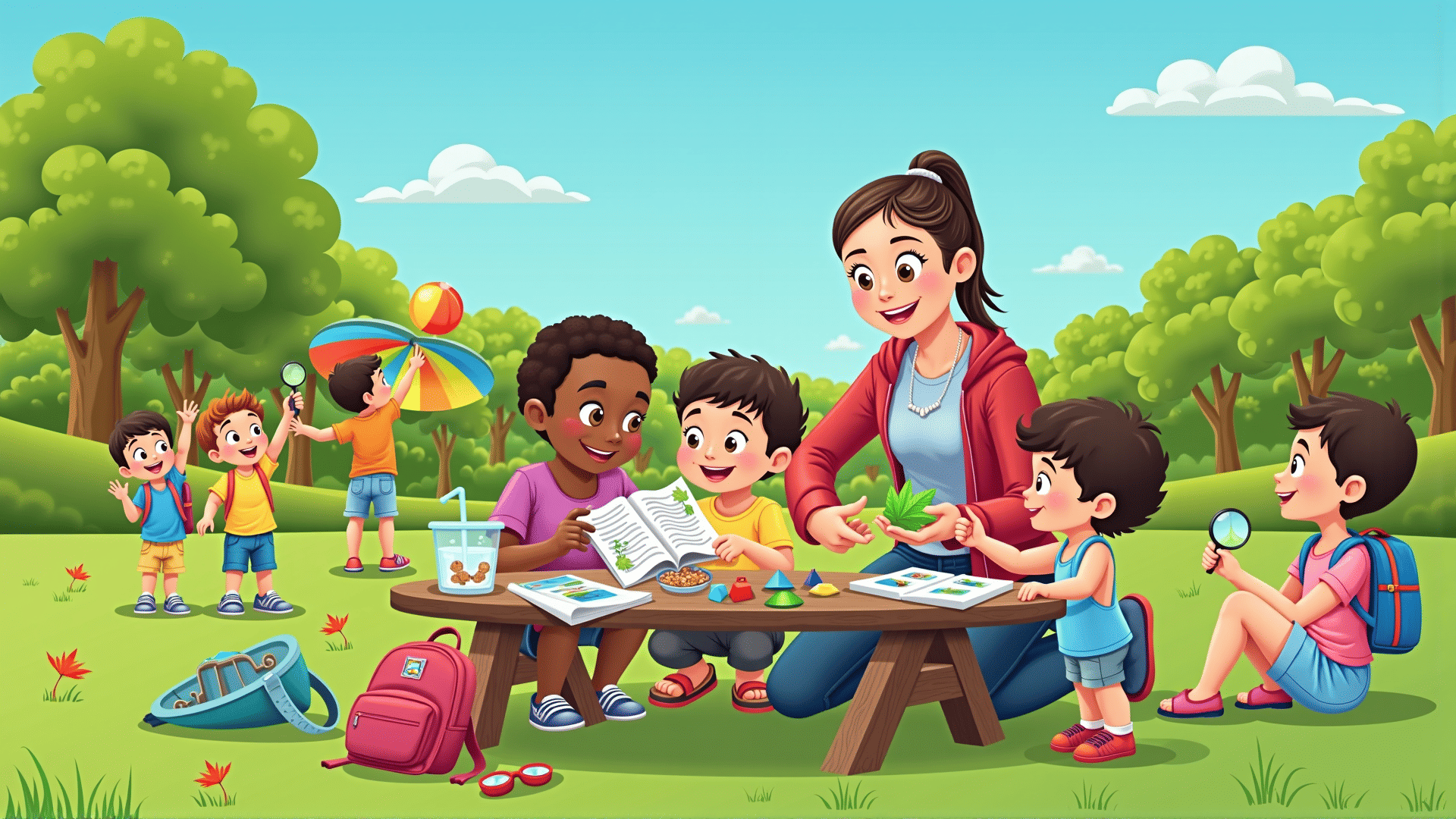Engaging learners of all ages through interactive activities can transform the educational experience, making it not only informative but also enjoyable and memorable. By integrating hands-on activities that reinforce key concepts and inspire curiosity, educators can cater to diverse learning styles and foster a deeper understanding of the material.
Incorporating Interactive Methods:
-
Project-Based Learning (PBL): This approach involves students in real-world challenges that require critical thinking, creativity, and collaboration. For example, designing a sustainable garden can teach ecology, mathematics, and teamwork, appealing to learners who benefit from practical application of knowledge.
-
Experiential Learning: Activities that allow learners to experience concepts directly can be powerful. Science experiments, historical role-playing, or interactive simulations can help students understand complex ideas through first-hand observation and participation.
-
Art Integration: Art can be a powerful medium for understanding. Visual arts, music, and drama can be used to explore diverse subjects. Creating a mural about a historical event, composing a musical piece to express a scientific process, or performing a play based on a book can engage students emotionally and intellectually.
-
Technology-Enhanced Learning: Virtual reality (VR), augmented reality (AR), and educational games are modern methods to engage learners. These tools can provide immersive experiences, such as virtual field trips to ancient civilizations or interactive anatomy lessons, appealing particularly to those who enjoy multimedia and tech-driven instruction.
-
Kinesthetic Activities: Many learners benefit from movement and physical engagement. Activities like building models, conducting physical demonstrations, or using body movement to understand scientific principles (e.g., mimicking planetary rotation) cater to those who learn best through doing.
-
Collaboration and Discussion: Encouraging group work and open discussions can help learners develop communication skills and deepen their understanding through shared perspectives. Activities like debates, group projects, and peer teaching not only make learning social but also encourage critical thinking.
Benefits of Interactive Activities:
-
Engagement and Motivation: Hands-on tasks appeal to learners’ natural curiosity and interest, making educational experiences more stimulating and enjoyable.
-
Enhanced Retention: Interactive activities create memorable experiences, which can lead to better recall of information and a deeper understanding of complex subjects.
-
Adaptability to Different Learning Styles: With varied methods, educators can address the needs of visual, auditory, and kinesthetic learners, ensuring that everyone has the opportunity to succeed.
-
Skill Development: In addition to content knowledge, these activities help develop soft skills such as problem-solving, teamwork, and creativity, which are essential in today’s world.
Integrating interactive educational activities can transform the way learners engage with content, fostering a love for learning that transcends traditional boundaries. By sparking curiosity and offering varied approaches to understanding, educators can create inclusive and dynamic learning environments that prepare students for future challenges.
